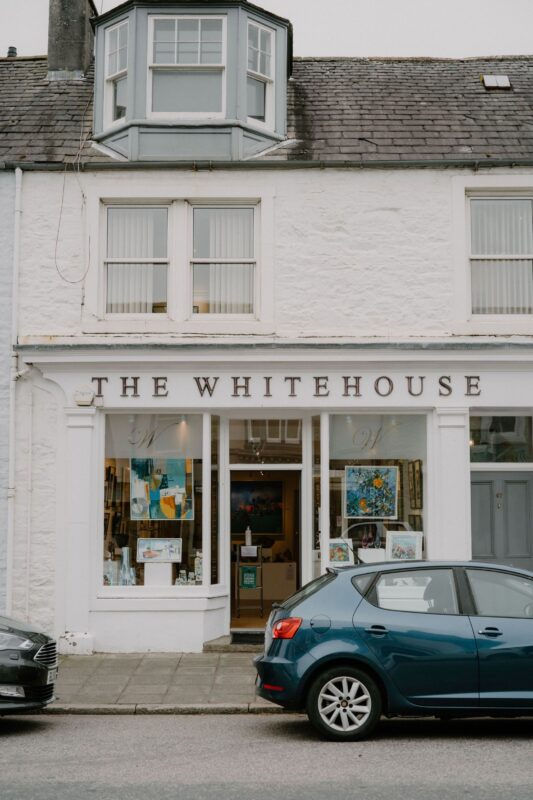From Fibre to Felt: How I Create My Felted Landscapes
- Admin
- Jul 16
- 2 min read
Each of my felted landscapes begins with a handful of natural fibres and a spark of inspiration from the Scottish hills and skies around me. This post takes you behind the scenes — through photos and videos — to show how I build each piece, step by step, using traditional felting techniques and natural materials like merino wool and silk.
Here I’m laying down the base layers of dyed merino wool. This is one of the most important steps — it’s where I establish the basic composition of the piece. I focus on blending colours and textures to reflect the light and contours of the landscape I have in mind.
🎥 Video: Preparing the Landscape Base
In the next clip, I'm using a barbed felting needle to carefully build up the details of a Bluebell-covered hillside. Each jab of the needle binds the fibres together, allowing me to sculpt gentle contours and add texture to the landscape. I'm working with natural-dyed merino wool here — the rich blues and greens give the hillside a warm, earthy tone. This stage is all about layering and patience: creating subtle colour shifts and undulations that mimic the way light falls across the land. It’s slow, meditative work, but I love how the landscape gradually comes to life beneath my fingers.
🎥 Video: Building in the detail
In this final clip, I’m in the middle of the wet felting process — gently rubbing layers of wool, water, and soap together to bind the fibres. It’s a surprisingly physical process that takes time and patience. You’ll notice how the colours start to merge and the overall structure of the piece begins to take hold.
🎥 Video: Wet Felting in Motion
often, particularly with larger pieces, I like to work outside on my decking. As well as being more spacious, it feels good to be surrounded by the landscapes that I am trying to recreate

📸 Photo: Living In The Landscapes I Create
This photo shows a completed landscape where wet felting and needle felting come together. You can see the soft blending in the sky from the wet felted base, and the fine detail in the foreground — all added later with a felting needle.

📸 Photo: The Finished Piece
Why I Love This Process
I work exclusively with natural fibres — mostly merino wool and silk — because they reflect the softness and movement of the landscapes I want to capture. Each piece is unique because the fibres behave differently every time. No matter how much I plan, there’s always an element of surprise — and that’s part of what makes this artform so rewarding.
“It’s not just about what it looks like. It’s about what it feels like — both to make and to view.”
Thank you for joining me in the studio. I hope these glimpses into my process help you see the hidden depth, skill, and care behind every finished piece.



Comments